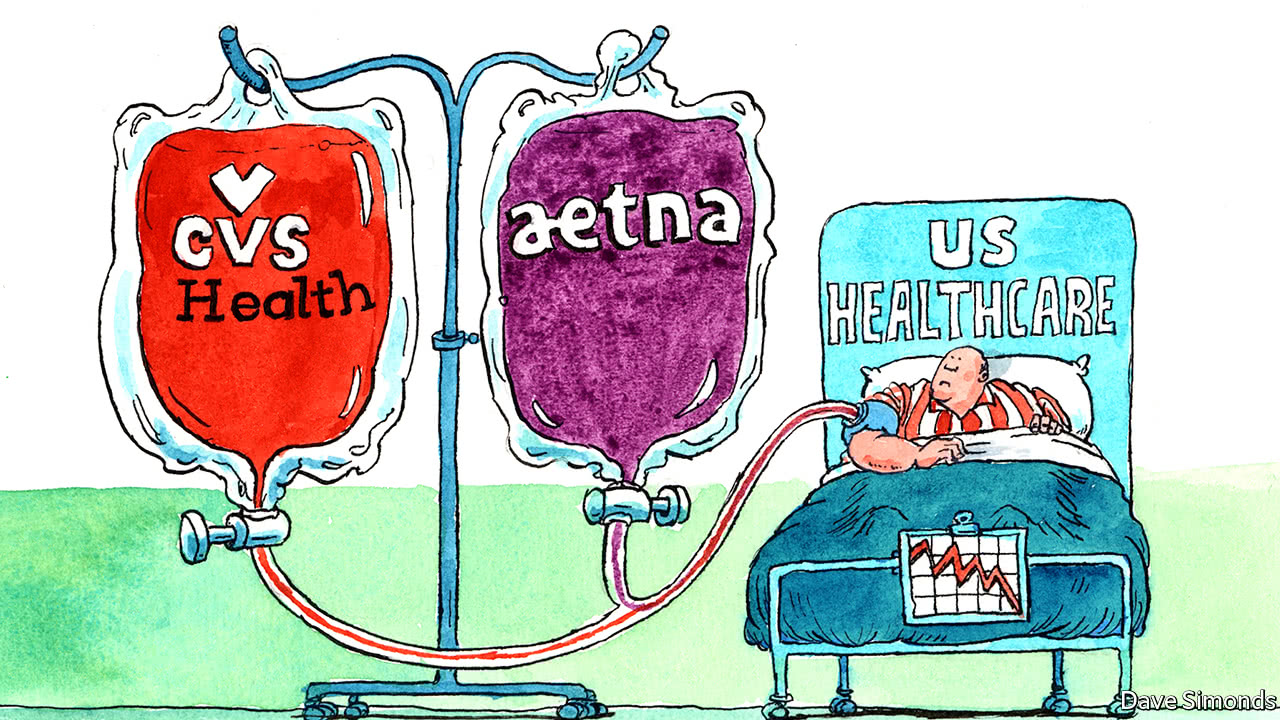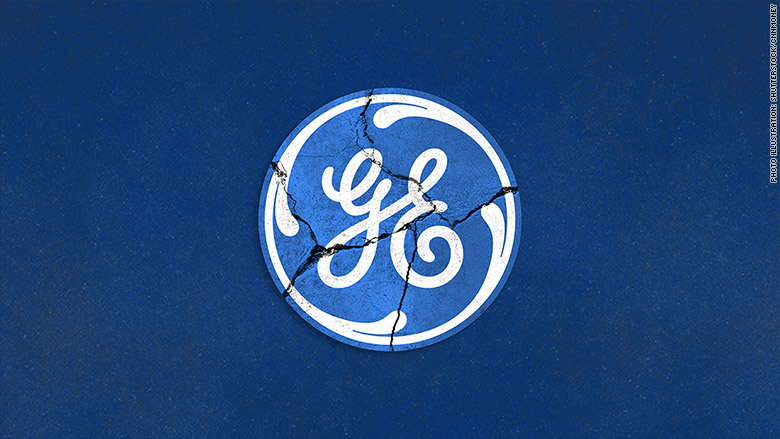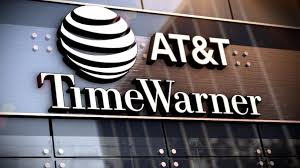By Ben Gomes-Casseres | Originally in HARVARD BUSINESS REVIEW |
All the talk about Amazon’s acquisition of Whole Foods has been about how the deal will benefit Amazon’s “sell everything” strategy. What if we turn the question around: What does this deal do to Whole Foods’s “sell at a high price” strategy?
Whole Foods has tremendous brand equity and a socially responsible supply chain. It has been struggling with its physical footprint — experimenting with smaller stores, reordering its spaces and inventory, and competing with the organic food lines introduced by much larger supermarket chains. That sounds like a losing battle, which has been reflected in its stock performance.
Enter Amazon’s Alexa. People who have it, love it. But ask them what it does for them, and you get a grab bag of decidedly nonkiller apps. Weather. Traffic. Music. News bits. Yesterday I heard the latest: Using Alexa as a kitchen timer. But yes, it is cool. And, more important, it sits at your beck and call, usually in your kitchen.
If you are Whole Foods, you want to own Alexa. Buying groceries sight unseen from Alexa might not sound immediately appealing — but Whole Foods’s brand engenders trust in the products it sells. I’d order pretty much any kind of food from Alexa sight unseen if I knew it was coming from Whole Foods.
This could be a solution to the challenges posed to the grocery retail business by Millennials. These lovers of good food aren’t as likely to have cars, and they spend most of their time working or playing — not shopping or housekeeping. They trust the Amazon brand not because it sells stuff cheaply (it doesn’t) but because it sells reliable quality with minimal hassle, and because, of course, it is a digital native. None of the established supermarket chains can claim these Millennial benefits. Now Whole Foods can.
But isn’t Amazon the acquirer and Whole Foods the target? Yes, but that’s just on the bankers’ ledger. When two companies merge, regardless of who technically acquires whom, their assets are bundled together and their capabilities can be remixed, much like how music tracks are combined to produce a new song. This means that you can look at an acquisition from the point of view of the target just as well as from the acquirer.
Looked at from the acquirer’s point of view, the logic of the Amazon–Whole Foods merger depends on whether Amazon can dominate groceries, can use Whole Foods real estate to deliver or offer goods of all sorts, or perhaps can add some real profits to the bottom line. (For all its troubles, Whole Foods still delivers higher returns on assets and sales than Amazon does.)
From the target’s point of view, the logic of this deal depends on whether Whole Foods can present its offerings attractively through Alexa, integrate its stores and supply chain with Amazon’s growing logistics business, and, down the road, put to use Amazon’s powerful data analytics engine.
One way to evaluate which formula for remixing these assets is most promising is to ask what it will take to integrate them in the merger. Before synergies can be realized (the proverbial 1+1=3), the entities have to act as one and govern their joint activities well (1+1=1 is the management equation, you might say).
What assets need to be combined in this new bundle, or what needs to be coordinated tightly within the bundle? Can Alexa sell Whole Foods’s inventory? Can the stores be transformed into cashierless, wireless purchasing markets? Can Whole Foods’s own supply chain be made more efficient with Amazon’s logistics chops? How long will all this take?
Another way to evaluate the most promising formula is to ask what it will take for rivals to match the new asset bundle just created. Walmart–Jet.com probably is not the main rival to Whole Foods–Alexa, even if the press likes the sumo wrestling between Walmart and Amazon. These pairs have different markets, different brand profiles, and different online skills. Peapod is a closer rival, but how can it earn the cachet of Whole Foods or Alexa’s perch in the kitchen? The new German entrant Lidl is an interesting challenger, though still nascent.
That leaves Google and Apple…and whichever grocer they decide to buy, if they do. When a deal like this one shakes up an industry, it is common to see rivals jump into the fray to form their own combinations. But although Google and Apple both have their own versions of Alexa, they haven’t signaled much interest in selling nondigital stuff, let alone stuff with expiration dates. And if they did want to enter now, would Costco or Kroger really be a good match? My bet is that the Whole Foods–Alexa deal is in a unique competitive position and will stay that way for now.
There’s still a lot we don’t know about this deal — and much has been made of Amazon’s culture of making big bets and accepting failure. Less attention has been paid so far to Whole Foods’s historically successful strategy of acquiring niche grocers and stitching them together into a coherent organization.
Whatever the outcome, the news is a reminder that we must look at every business combination from both sides of the deal, because synergies come from the asset remix, not from one party swallowing the other. This is especially true for combinations that span different industries.
After Disney acquired Pixar, the target flourished under the umbrella of the much bigger acquirer. The jury is still out on Microsoft’s acquisition of LinkedIn, but there, too, the logic is to enhance the target, not fold it into the acquirer.
Almost two decades ago, however, another high-flying dot-com company with a rich valuation bought a bundle of real assets in the industry it sought to enter. Investors are betting that Amazon–Whole Foods will not be another AOL–Time Warner. As that one turned out, Time Warner ended up in the driver’s seat, even though it was the target company in the deal. But that recipe didn’t work.
If Amazon and Whole Foods are able to find the right recipe, it will be Alexa that provides it.









